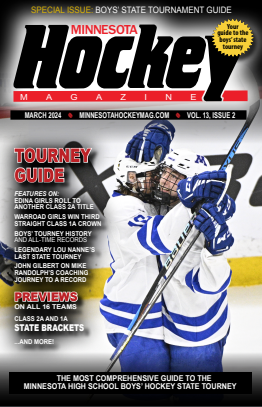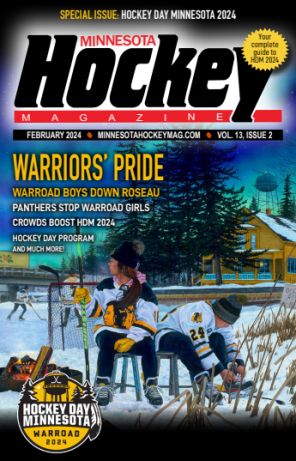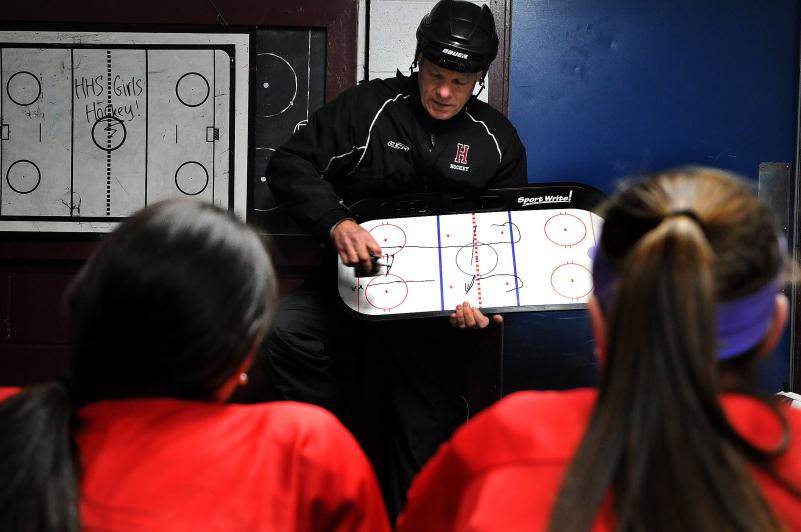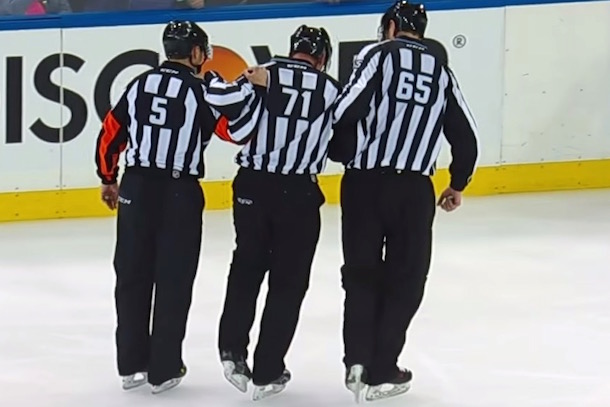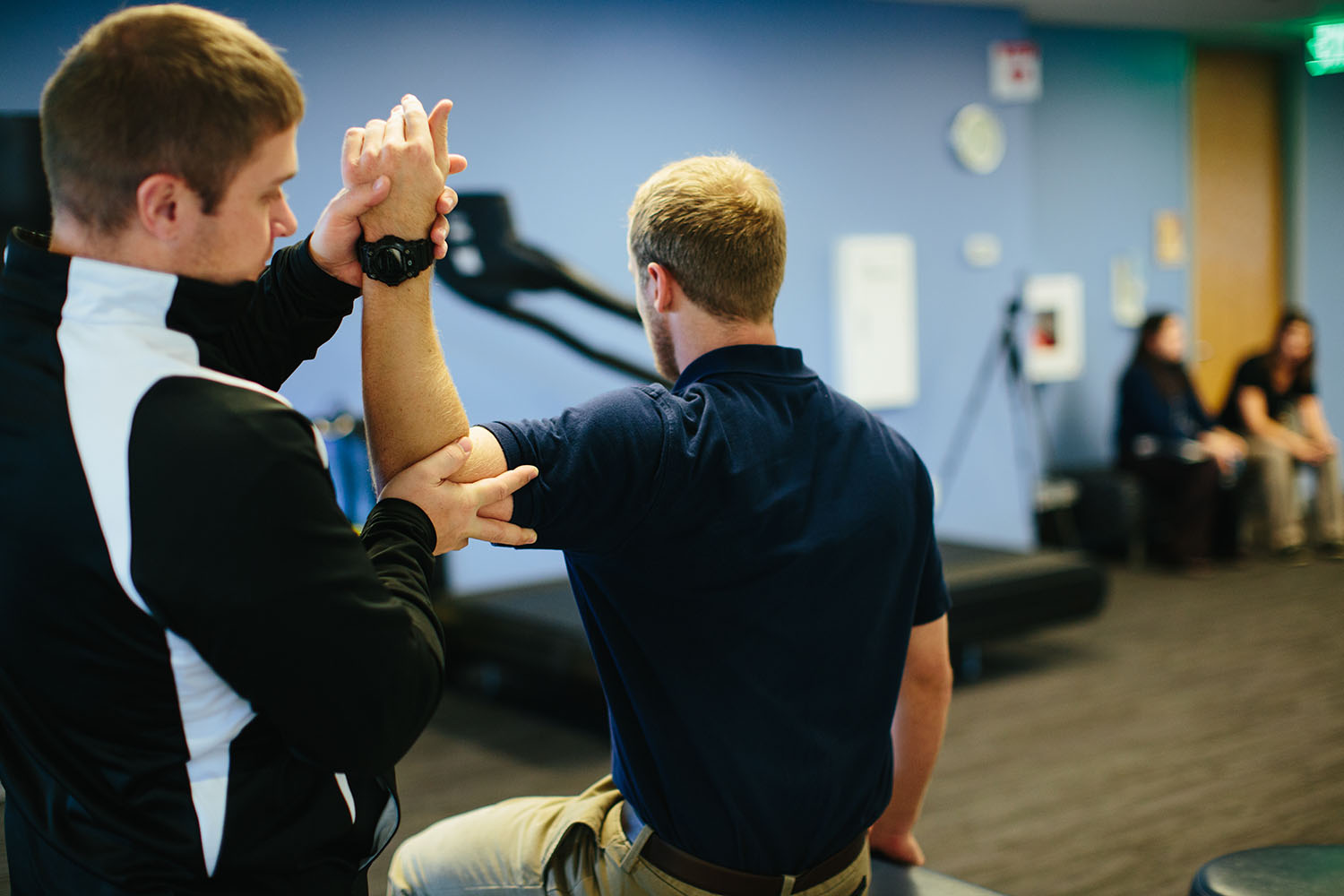
TRIA provides some answers
In a fast-paced, contact sport like hockey, injuries are bound to occur. Some injuries are from high speed contact and are difficult to prevent such as shoulder separation, but other injuries from over-use or improper training/mechanics can be decreased or prevented with proper identification and intervention. Over the past few years in my physical therapy practice, I have seen an influx of adolescent hockey players with low back pain, more specifically lumbar stress fractures. Spondylolysis is defined as a non-displaced stress fracture of a spinal vertebra a.k.a. pars stress fracture.
The majority of young athletes who present to their doctor or physical therapist’s office will describe a spontaneous onset of low back pain that is exacerbated by extending their back. They may have pain that radiates into their buttocks area and a feeling of tight hamstrings. Rest will usually decrease their symptoms. Athletes that are at risk often times have an increase arch in their low back. Hockey players, due to their position for skating, tend to develop this increased low back arch.
Improper skating technique and/or poor muscular control throughout the lower abdominal muscles can significantly increase the risk of a low back stress fracture in a hockey player. When a player skates without engaging their lower abdominals it creates an increased low back curve. As the player strides or rotates their trunk while shooting/passing, they increase the stress on the lower back structures. Gluteal muscles are crucial in preventing an over-extension of the low back during a hockey stride. Hockey players that do not engage their gluteals while taking a stride tend to recruit their low back extensors to compensate. The over-use of low back extensors and poor lower abdominal strength combine to pose a recipe for low back pain.
Proper training throughout the year is crucial to decreasing the risk of a low back stress fracture that can keep a player off the ice for months. The training focus should be on lower abdominals (core) strength, gluteus maximus/medius strength, and maintaining proper hamstring and hip flexor flexibility. Also, proper rest/recovery periods are extremely important throughout the year to allow an athlete’s body to recover and prevent the occurrence of these over-use injuries.
Do you have a question for TRIA’s team of sports medicine experts? Click the image below to learn more and your question may be featured in a future TRIA article.
About TRIA Orthopaedic Center
TRIA is a comprehensive center for orthopaedic medicine, providing incomparable clinical and surgical care, world-class research, and innovative programs. TRIA Orthopaedic Center has over 40 highly-trained physicians with a variety of sub-specialties such as sports medicine, acute injury, shoulder, hip, knee, spine, hand and wrist, foot and ankle, and fractures. TRIA’s sports medicine specialists have served as official team physicians for Minnesota’s professional sports teams for over 25 years. TRIA offers walk-in care through the Acute Injury Clinic, 8:00 a.m. to 8:00 p.m. seven days a week, no appointment needed. From diagnosis to treatment, to rehabilitation and even surgery, it is all at one convenient location at I-494 and France Avenue in Bloomington, Minnesota. For more information, visit tria.com.
A former hockey player and golfer, John Bottoms became interested in sports medicine through his own personal injury experiences. He has a passion for treating all athletes, with a special interest in hockey. John has significant experience treating professional, collegiate, junior and high school hockey players. He enjoys treating patients with many different orthopaedic conditions and has a strong interest in manual therapy techniques in combination with exercise to enhance his patients’ recovery.






